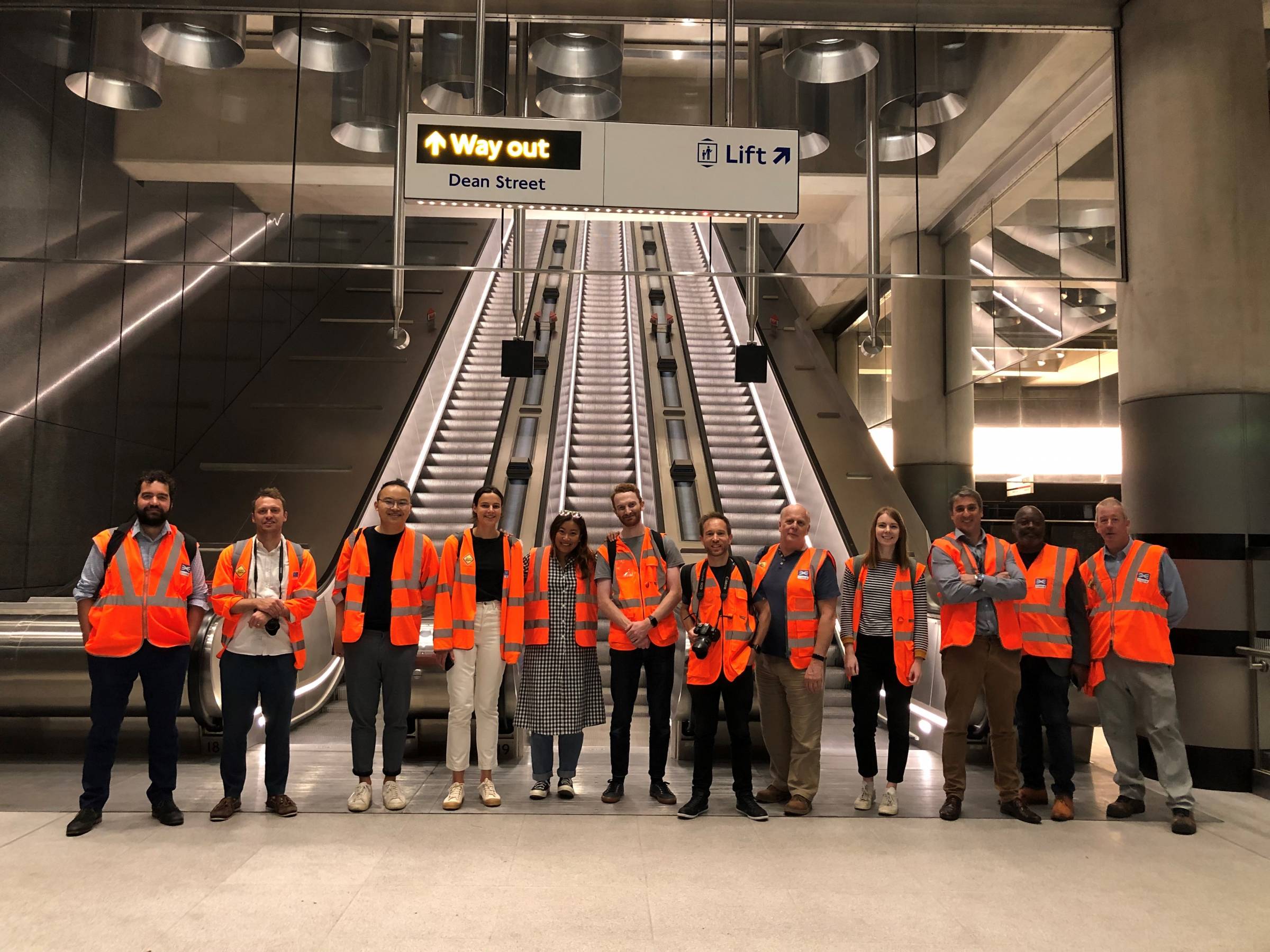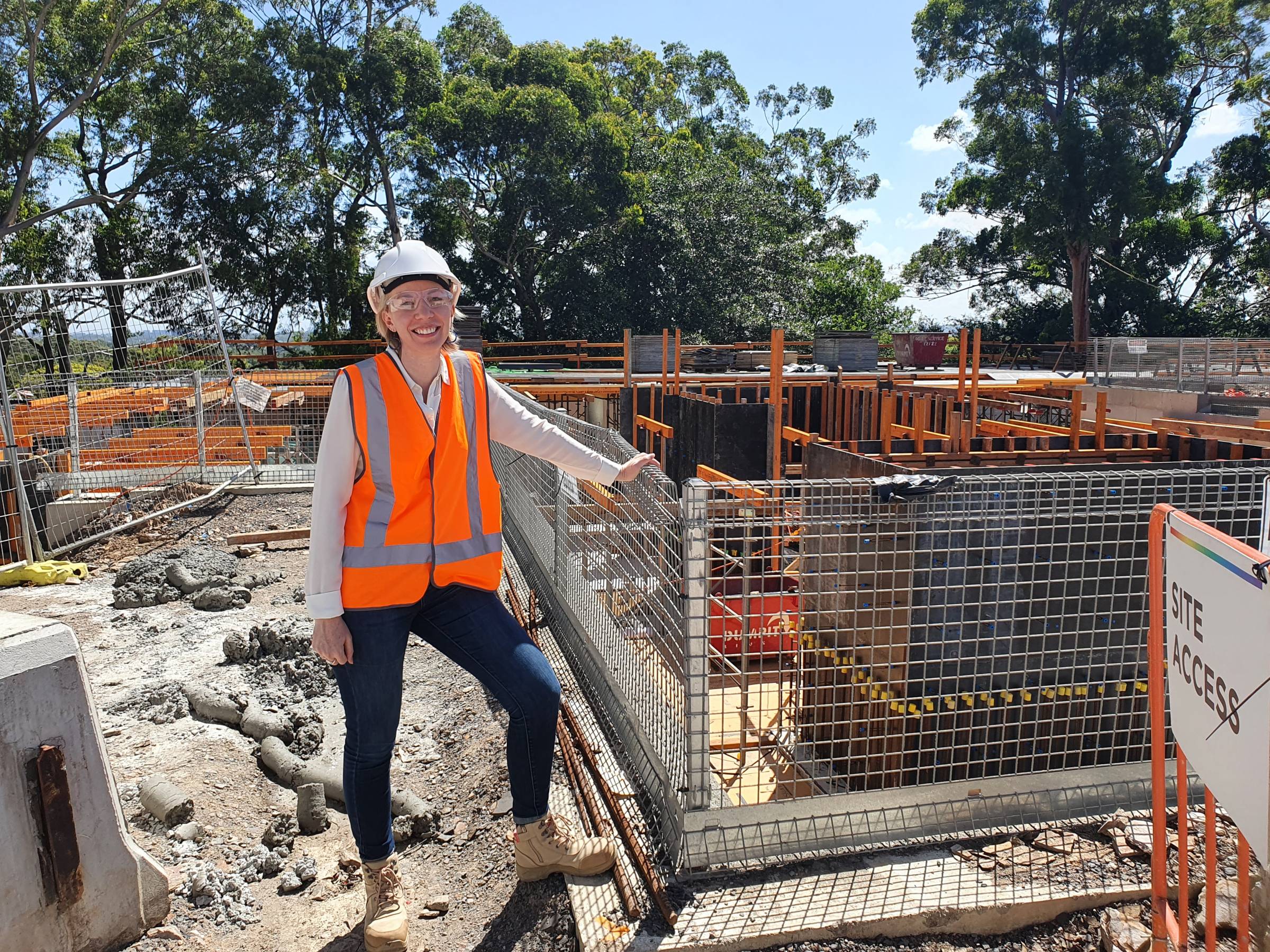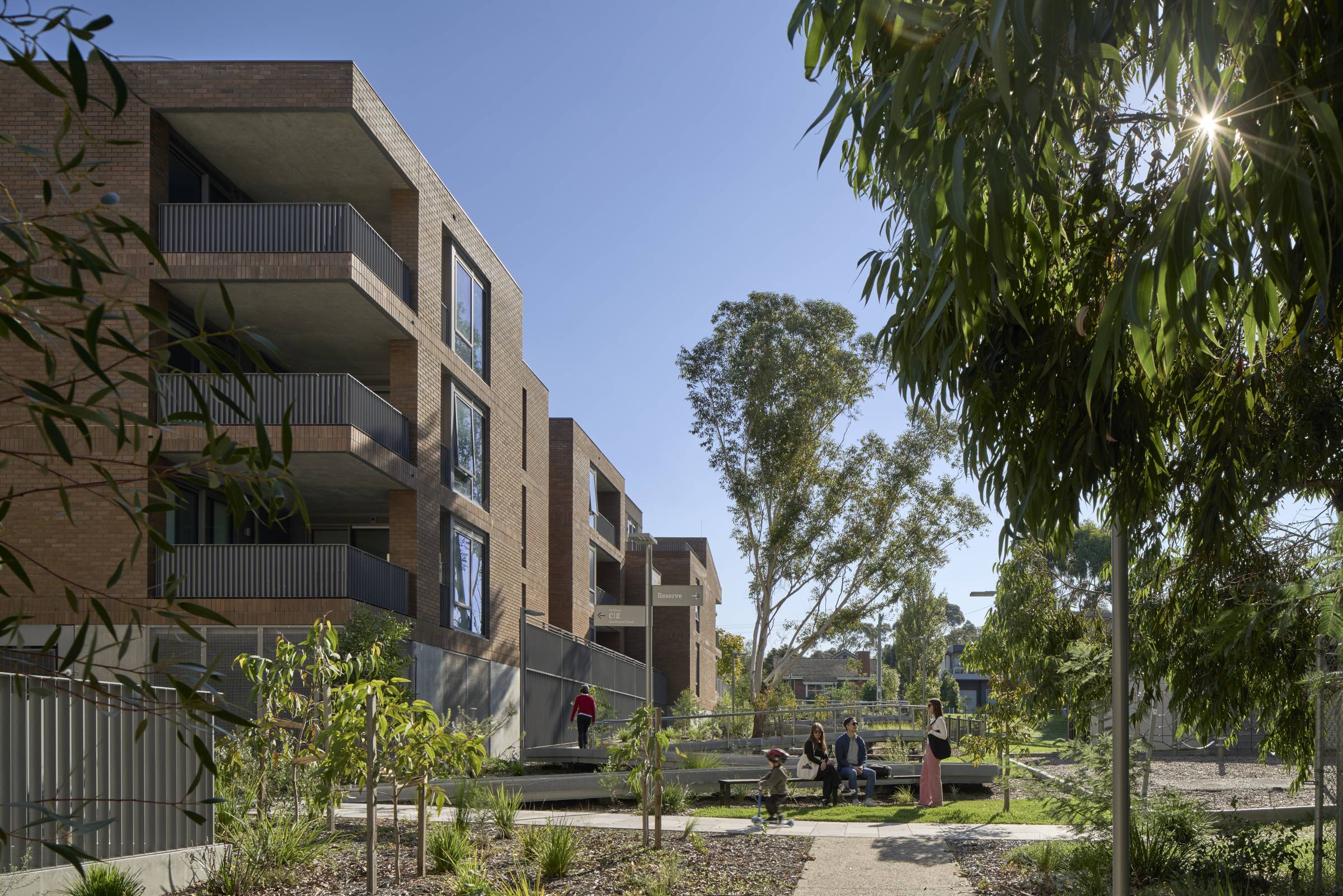
Bias: “BIM is for the blokes”
“Sometimes at the start of a project, I can sense if a consultant doesn’t take me seriously, when their expectation of a BIM expert is middle-aged white bloke,” says BIM leader, Setareh Motlagh, adding, “… usually I can make them change their mind by the end of the first meeting.”
Far from being deterred by the stereotype that men dominate the digital realm of BIM, Setareh has pursued a career in the field with a characteristic resolve to move beyond this bias.
“Technology in our industry evolves so quickly, there are always new challenges and new possibilities. That might put some people off, but it excites me. I want to learn new things every day.”
“We look straight past the gender bias evident in our world of digital technology,” says Steve Fox, Principal of Architectus Digital.
“We see brilliant outcomes generated from our large team of highly skilled female specialists. There is absolutely a place for women in our team from the junior levels all the way up to leadership positions.”
“It might surprise people to learn that the Architectus Digital Team has usually had a fairly equal balance of men and women,” adds Setareh, citing colleagues such as Senior Bim Leader, Karolin Hughes and BIM coordinators Trudy Agyeiwaa and Selina Ermel as examples of talented women going from strength to strength in the digital space.
“This gender balance is very uncommon in BIM teams, and I feel lucky to be part of such a diverse group. I’ve never felt any discrimination at Architectus. Recently, when I had my first child, I experienced so much understanding during my pregnancy and now balancing life as a full-time working mum.”

Bias: “You’ll only find men on a construction site”
Senior Associate Angela Collings says she’s never felt out of place on a construction site. “Going to site, working with the contractor and site team is a critical part of my job, and I suppose I’ve always believed that and behaved as such. As a younger architect, I have felt uncomfortable a few times, but I think the toxic idea that it’s a ‘man’s job’ is on its way out.”
Angela is grateful that the industry has come a long way on the diversity and inclusion fronts, noticing that “Most contractors have increased the number of women on their project teams – it’s now normal to see women out on site.”
Asked if she has advice for women starting their careers and visiting a site for the first time, Angela thinks it’s something to get excited about. “Every visit to a construction site is an opportunity to learn things that can be considered for the next project. Go with your Project Leader – they can introduce you to the contractor team, explain the induction process and show you around on your first visit.”
Silvia Cupik is a Principal currently leading Sydney’s Circular Quay Tower project with Foster + Partners. She recalls leading her first building project in the UK, aged 27. Although she was almost always the only woman on the construction site then, she felt – and continues to feel – right at home seeing her drawings come to life. Even though it’s a high-pressure environment, where every decision needs to be correct to ensure safety and avoid expensive rectifications, she loves it.
Roughly 20 years on, Silvia has seen significant progress in the attitudes towards female architects working on site but remembers feeling that she had to “stand her ground” to be respected in those early days. She’s happy to see more female project managers on sites nowadays and encourages her female peers not to show insecurities or hesitation if they feel it. Instead, she champions women to “be confident and rely on your knowledge and experience to resolve specific challenges, either directly on site, or take things away for further consideration – that’s okay as well!”



